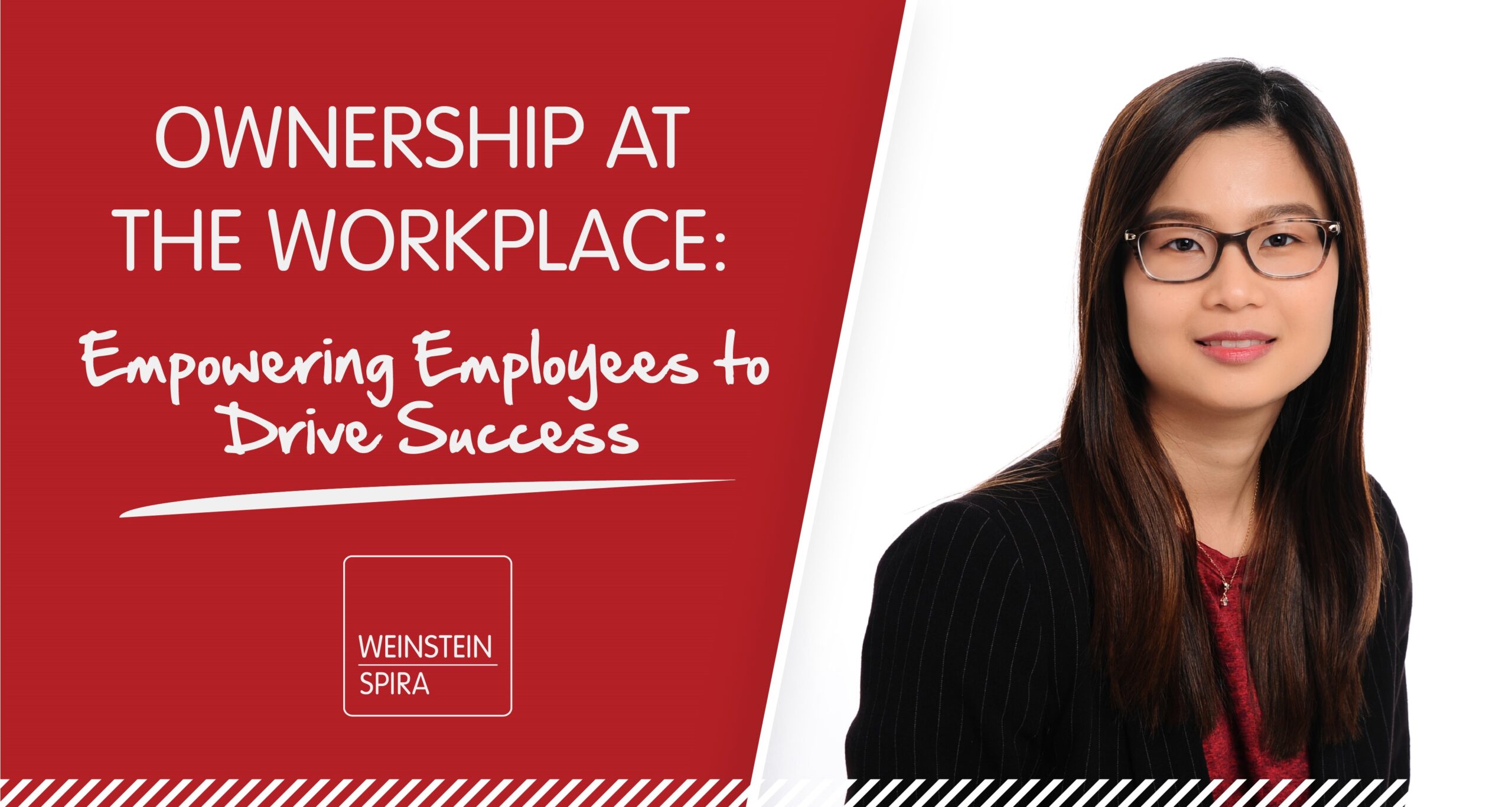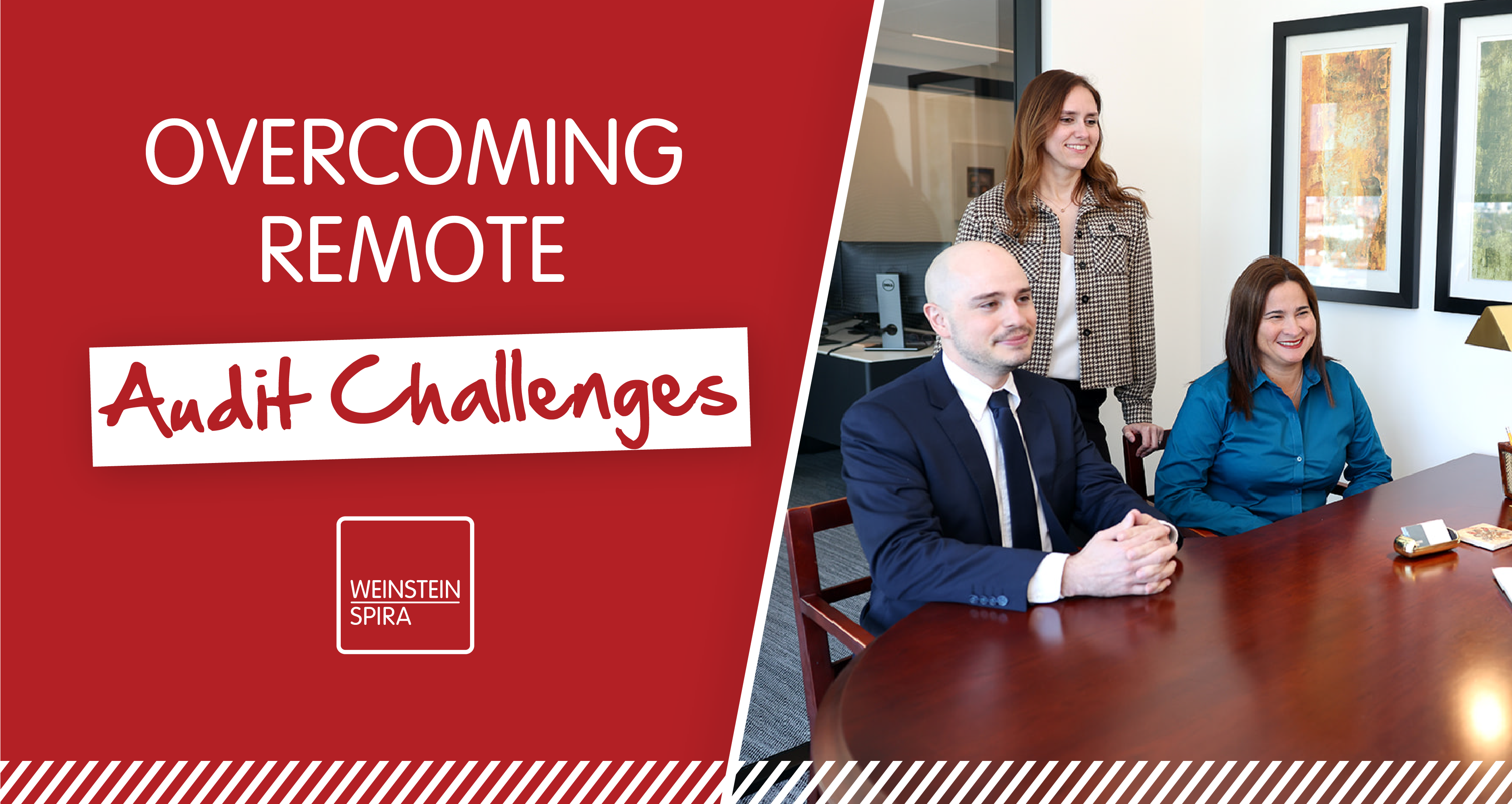In today’s fast-paced business world, companies are always looking for ways to improve their productivity and bottom line. One effective approach is cultivating a culture of ownership at the workplace. When employees feel that they have a stake in the success of their organization, they are more motivated, engaged and productive. In this blog, we’ll explore what ownership at the workplace means, why it’s important and how you can foster it within your team.
What is Ownership at the Workplace?
Ownership at the workplace refers to the sense of personal responsibility and accountability that employees have for their work. It’s a mindset that goes beyond simply doing what’s expected and involves taking the initiative to make a difference. When employees feel like they own their work, they are more likely to take pride in their accomplishments, think critically about their role and make suggestions for improvement.
Why is it Important?
There are numerous benefits for both employees and employers when this frame of mind is implemented. Some of the most significant advantages include:
-
- Increased motivation: Employees are more likely to take initiative, set goals and work hard to achieve them.
- Improved job satisfaction: Increased job satisfaction within the workplace leads to individuals feeling more fulfilled in their careers.
- Better decision-making: There is a higher chance for your team to make more informed decisions that benefit the organization as a whole.
- Increased creativity: Critical thinking and creativity manifests within employees and they are more likely to come up with innovative solutions to problems.
- Higher productivity: Your staff is inclined to work harder and produce higher quality results.
How to Foster Ownership Within Your Organization
Fostering a culture of ownership at the workplace requires a combination of leadership, communication and empowerment. Here are some steps that you can take to create and cultivate an environment that supports self-responsibility:
1. Encourage employee input: Encourage your employees to share their ideas, suggestions and feedback. This shows that you value their input and are open to new perspectives.
2. Give employees autonomy: Give employees the freedom to make decisions and take control of their work. When they have more control over their work, they are more likely to own it.
3. Provide training and development opportunities: Offer training and development programs that help build their skills and grow in their careers. This can help them feel more confident and competent in their work.
4. Recognize and reward success: Recognize and reward those who own their work and produce results because of it. This can help encourage others to follow suit.
5. Lead by example: As a leader, model the behavior you want to see in your team. When they see you owning your work and responsibilities, they are more inclined to do the same.
In conclusion, ownership at the workplace is a powerful tool for driving success. By cultivating a culture that encourages employee input, autonomy and growth, you can create an environment where employees feel motivated, engaged and productive. When your fellow colleagues feel like they have a stake in the success of their organization, they are more likely to take pride in their work and perform at their best.



